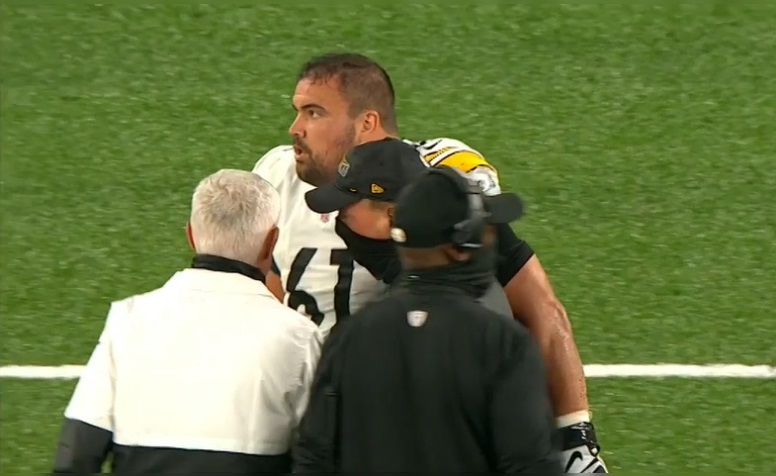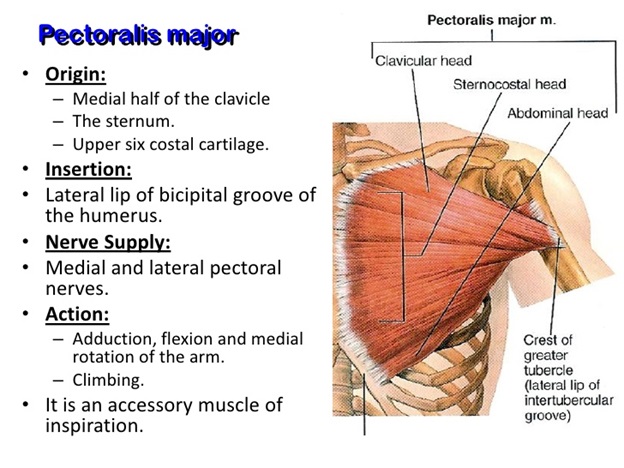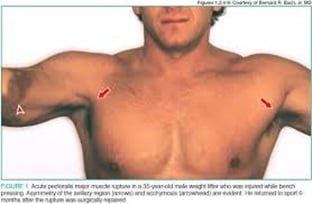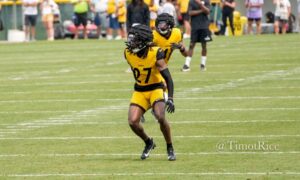As the Steelers opened their 2020 season on Monday Night Football against the Giants, Steelers fans had their eyes on QB Ben Roethlisberger, as he returned from a right elbow injury one day short of a year since it occurred. Ben shook off the rust and showed us he is back with a no-huddle scoring drive just before the half (more on that in a different post), which was both a thrill and a relief.
Unfortunately, the team didn’t escape without some potentially serious injuries. Two of them involved the Steelers offensive linemen. First off the field late in the fourth quarter was Right Guard Stefen Wisniewski, a Pittsburgh native making his debut after winning a Superbowl last season as a member of the Kansas City Chiefs. He got the start tonight, filling in for an injured David DeCastro.
Following the game, Head Coach Mike Tomlin described it as a pec injury but didn’t give an indication about the seriousness or whether or not Wiz will need surgery. Then again, Tomlin was speaking immediately after the game and probably didn’t know yet.
It was a huge blow for the team and also for the veteran lineman, who was thrilled to be joining the Steelers this season. He will undergo MRI, most likely tomorrow morning, and we will hopefully know more about his chances to contribute in 2020 soon.
So what is a pec injury? And what is a pectoralis tear? It was described as both on twitter by Teresa Varley and Gerry Dulac tonight:
As always, we’ll start with the anatomy. The pectoralis major muscle, more commonly known as the “pec,” is a large muscle located on the anterior chest wall. This broad muscle originates at the clavicle (collarbone), the sternum (breastbone), the ribs, and an extension of the upper part of the external oblique abdominal muscle. The muscle fibers extend across the chest and attach to the upper humerus via the pectoralis tendon. It plays an important role in shoulder function by providing internal rotation (rotating the joint toward the body) and adduction (bringing the arm towards the body). The pectoralis minor is a much smaller muscle which lays behind the pec major, arising from the ribs and inserting into the scapula (shoulder blade) and helps to pull the shoulder forward and downward.
The pectoralis major may tear or rupture in various parts of the muscle. While it’s not a common injury, most pectoral injuries involve a rupture of the tendon off the humerus bone. A majority of pectoral injuries occur in muscular males between the ages of 20 and 50 and the most frequent mechanism of injury is bench press. As explained in “Clinical Orthopaedic Rehabilitation: a Team Approach”: there appears to be a correlation between the mechanism of injury and site of rupture. Tears of the muscle belly are more common with direct trauma; however, indirect trauma leads to avulsion of the humeral insertion or injury to the musculotendinous junction. A pectoralis rupture is commonly accompanied by an audible “snap” or “pop”.
Other less common tears can occur, such as within the muscle belly itself or at the junction of the muscle and tendon (musculotendinous junction). The muscle can also tear off the sternum, which is really rare.
In other sports, such as football, the tendon can tear when there is extreme force on the arm while it is in an abducted, extended, and externally rotated position or with severe traction on the arm. This was the case with Wisniewski, injured on a 4 yard run by Benny Snell with a little over minutes to go on the play just before the Steelers scored their final TD. Towards the end of the play, Wiz gets tangled with the lineman he was blocking and lands prone of the ground with his right arm out. When he gets up, he clearly knows something’s wrong and immediately starts checking his right arm range of motion and heading for the sideline:
In the NFL, pectoralis muscle injuries weren’t that common in the past, although they seem to be increasing. In a review of the NFL databank from 2000 to 2010 published in The Physician and Sports Medicine, only 10 injuries were found, 5 in defensive players while making tackles. Eight ruptures were treated operatively, and 2 cases did not report the method of definitive treatment. The average days lost was 111 days (range, 42-189). The incidence was 0.004 pectoralis major ruptures during the 11-year study period.
With a rupture of the pectoralis muscle, it’s typical to experience a sharp tearing sensation and there will be resistance when trying to rotate the arm forward. The shoulder may also be painful and weak.
The diagnosis can usually be made just based on clinical exam. There can be extensive bruising and the pectoralis muscle retracts medially, leaving an indentation near the shoulder:
An MRI is used to confirm the diagnosis and assess the extent of the muscle damage.
A partial rupture or an injury that basically involves tears in the muscle may not require surgical treatment. Instead, the RICE approach may be used: rest, ice, a sling to immobilize the injury, and NSAIDs for pain relief.
If the tendon has been torn away from the bone, surgical treatment is recommended, especially when it involves high-level athletes. Surgery yields excellent results as far as return to pre-injury strength. A study in the British Journal of Sports Medicine compared the results of operative and conservative management and found that “in patients who had surgical repair, peak torque returned to 99% of that of the uninjured side and work performed returned to 97%. For those managed conservatively, peak torque and work performed returned to only 56% of that of the uninjured side”.
You can see a pectoralis tendon repair here, as performed by Dr. Peter Millett at the Steadman Clinic in Colorado (you’ll have to sign in to google, since it’s considered “graphic”). For a detailed rehabilitation plan, check out this paper from the North American Journal of Sports Physical Therapy. The typical recovery time is 6 months.
In recent years, several NFL players have undergone surgery for a pectoral injury and come back to play at the same level. Redskins CB Fabian Moreau suffered this injury on his pro day in 2017, underwent surgery in March 2017 and was able to play in September, a very fast recovery. Patriots LB Donta Hightower had his pectoral injury repaired after an injury in October 2017 and was ready for the following season opener. For Steelers fans, the most notable are Cam Heyward, who sustained this injury in November 2016 and came back better than ever the following year (and just keeps balling out), and Stephon Tuitt, who was having his best season ever in 2019 until his pectoralis injury required season-ending surgery. Based on his play tonight, I would say he’s ready to rock.
Wisniewski didn’t seem to be in terrible pain after the injury and appeared to be moving his arm well based on the limited video available. Let’s hope that he’ll heal without surgery and rejoin the team at practice soon.










